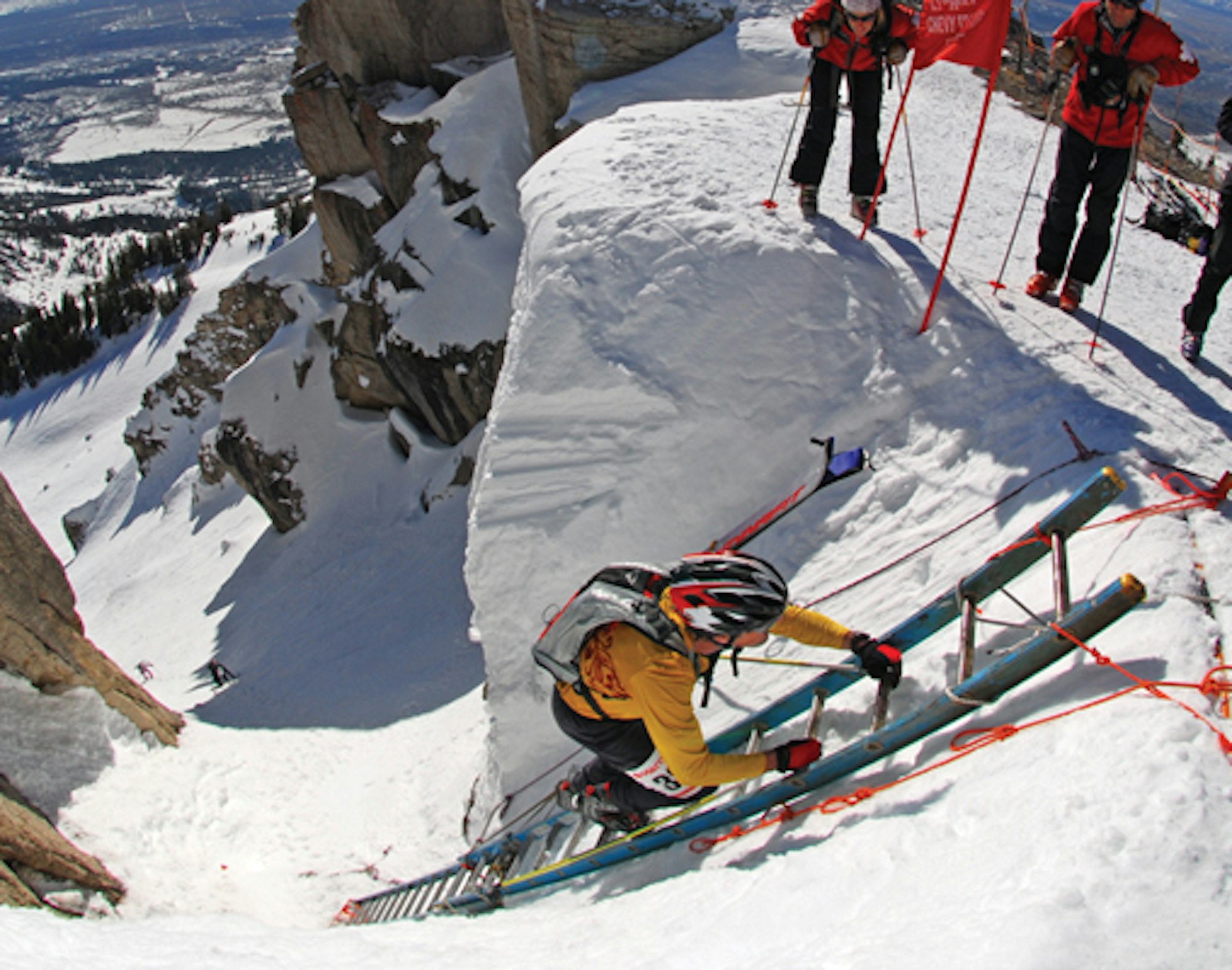Words by Matt Harvey
Eighty-five men and women in spandex and bike helmets swarm the base area of Jackson Hole Mountain Resort. Their faces show mixed signs of anxiety and excitement. Some already look to be in pain. Others talk with the competition, offering words of encouragement or starting the mind game inherent to any high-level athletic pursuit. In a moment’s time, they will unleash hell on the first climb of mountaineering racing’s national championships. And hell will unleash its fury in return.
The Gore-Tex US Ski Mountaineering National Championships presented by Outdoor Research (mountaineers aren’t into the whole brevity thing) has been running for 14 years at Jackson Hole and has seen a steady increase in sufferers year after year. The course, which competitors say was the hardest but most fun on the mountaineering circuit, spans almost every inch of Jackson and nets more than 8,400 feet of ascent and descent. So who steps up to this kind of abuse?
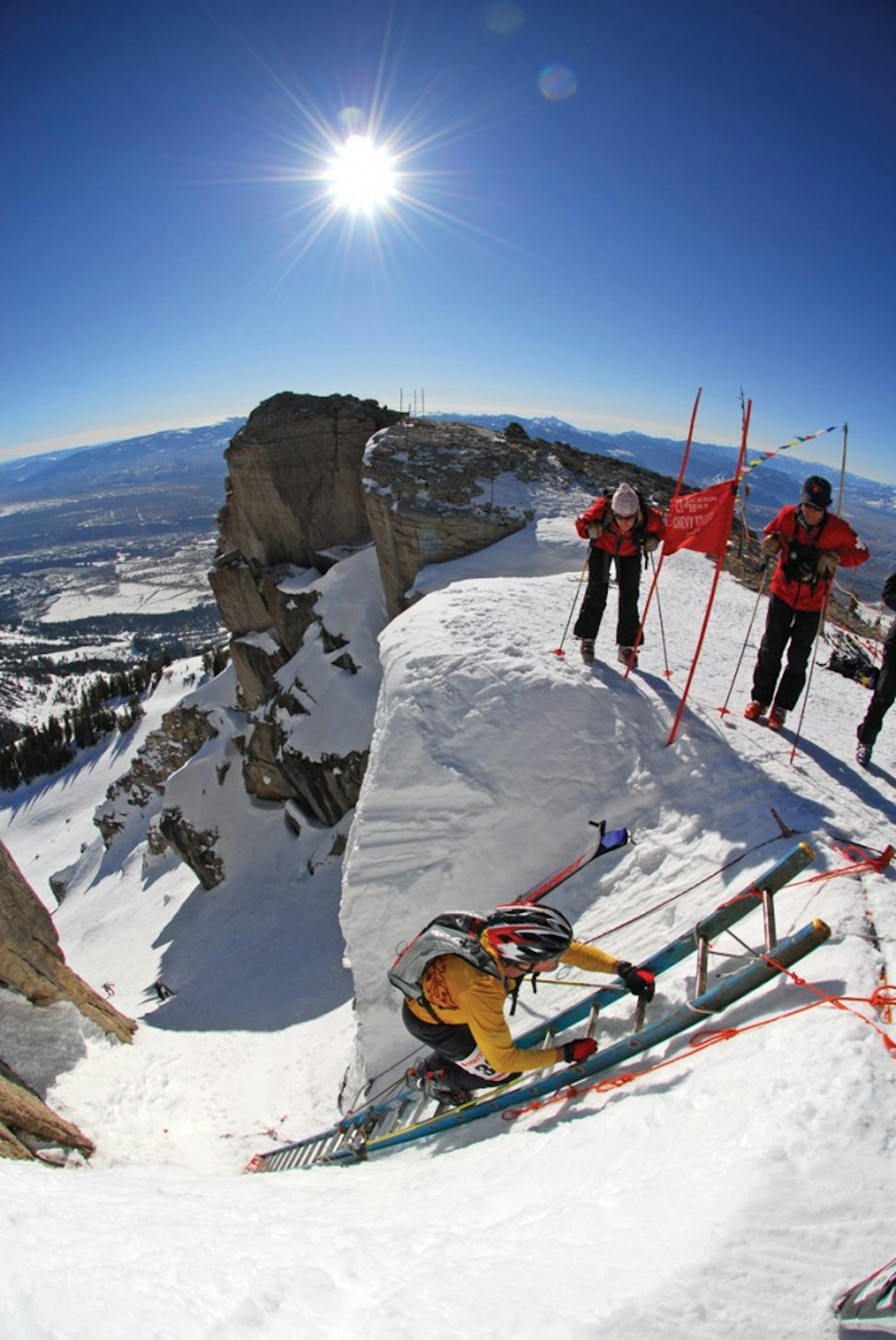
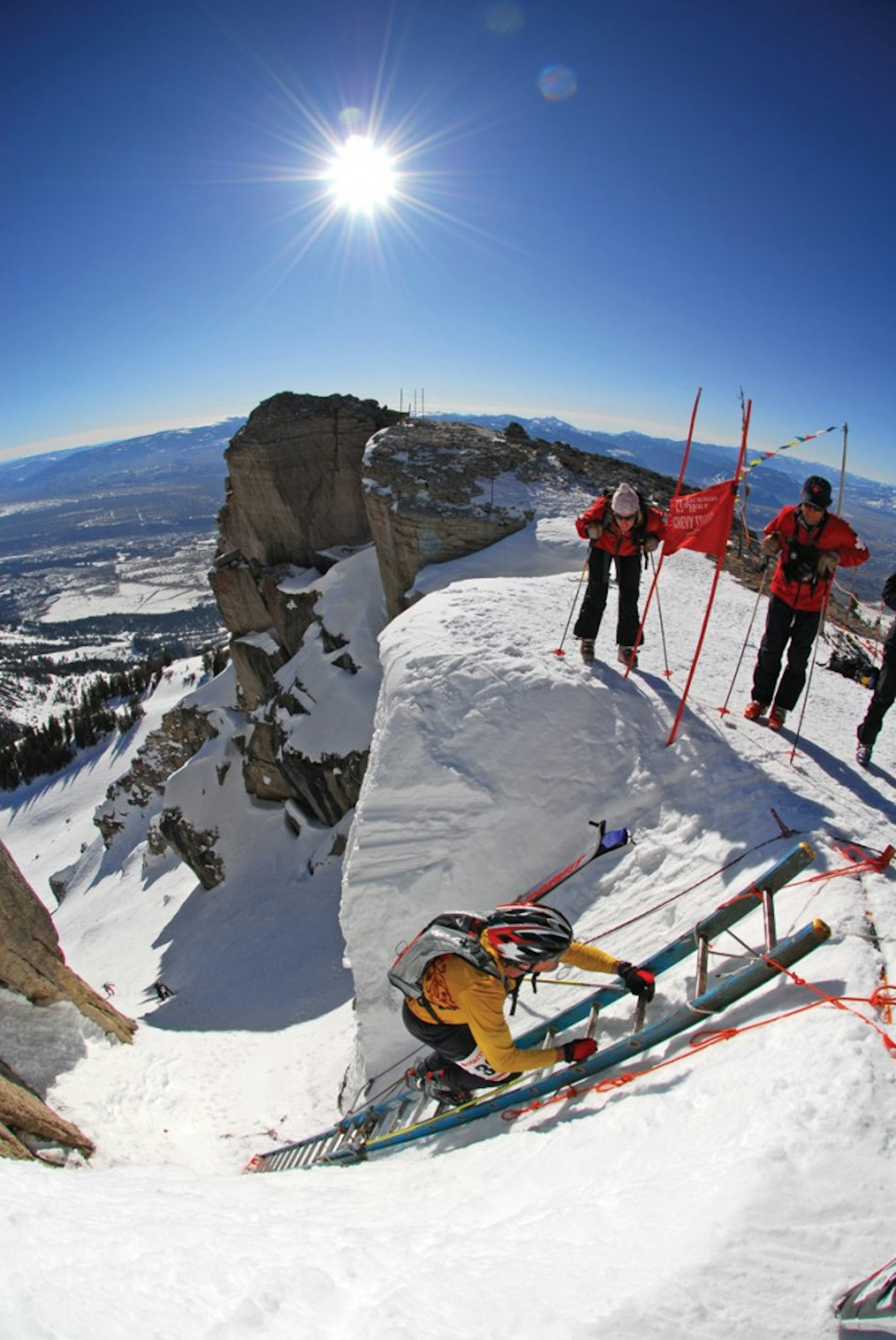
Zahan “Z” Billimoria is an elite endurance athlete and mountain man we’ve featured several times in the past for his guiding abilities. Z retired from ski mountaineering racing after last year’s event, where he finished a respectable 20th place. He is a past winner of the Grand Teton Trail Marathon, so he knows what it means to be in the red for an extended period of time. “It’s much harder than a marathon,” he says of the National Championships. “No mountain marathon or trail race I did compares to the brutality of this event. I really think it’s the hardest thing I ever did.”
[Left: Photo by Tristan Greszko @ Jackson Hole Mountain Resort.]
With so much emphasis put on redlining your body, it’s a wonder anyone endures it. “Racing requires a certain level of obsession with training,” says Z. “In a lot of ways, mountaineering racing is counter-cultural because you spend so much on efficiency and uphill. It’s not about recreation but about performance, which is an anomaly.”
Why does he do it? Ski mountaineering racers certainly aren’t rolling around in cash like today’s top pipe skiers or downhillers. “Reaching that point where every cell in your body is focused on one single task, and every effort that you make is moving you forward… that kind of focus and drive and resulting performance is really addictive,” he explains.
Meet Luke Nelson, a professional ultrarunner and ski mountaineering racer. Luke’s first race was the National Championships six years ago. “Early in the winter of 2005/06, I was touring with some friends and after I broke trail all day, they told me I should try going to the Jackson ‘rando’ race to see how I could do against the ‘mutants,’” he says of his start. “It sounded like a fun thing to do so I signed up. I think I placed 14th that year.”
Since then, he’s raced Jackson four more times, placing third two years ago and winning last year with a mind-boggling time of two hours and 39 minutes. To give some perspective, most people finish the race in more than three hours, with some taking as long as five hours to complete the excruciating ups and downs.
To maintain his level of fitness, he is an active member in what Z referred to as obsessive training. “I rarely have a full casual day of skiing,” Nelson admits, “But often will go train hard in the morning and then spend the afternoon skiing with my 5-year-old daughter, Brynlee.” Nelson’s training regimen consists of 90-110 miles of running every week in the summer (with a focus on altitude gain and speed), which equates to upwards of sixteen mountain marathons a month. Feeling lazy yet? We’re only half-way there.
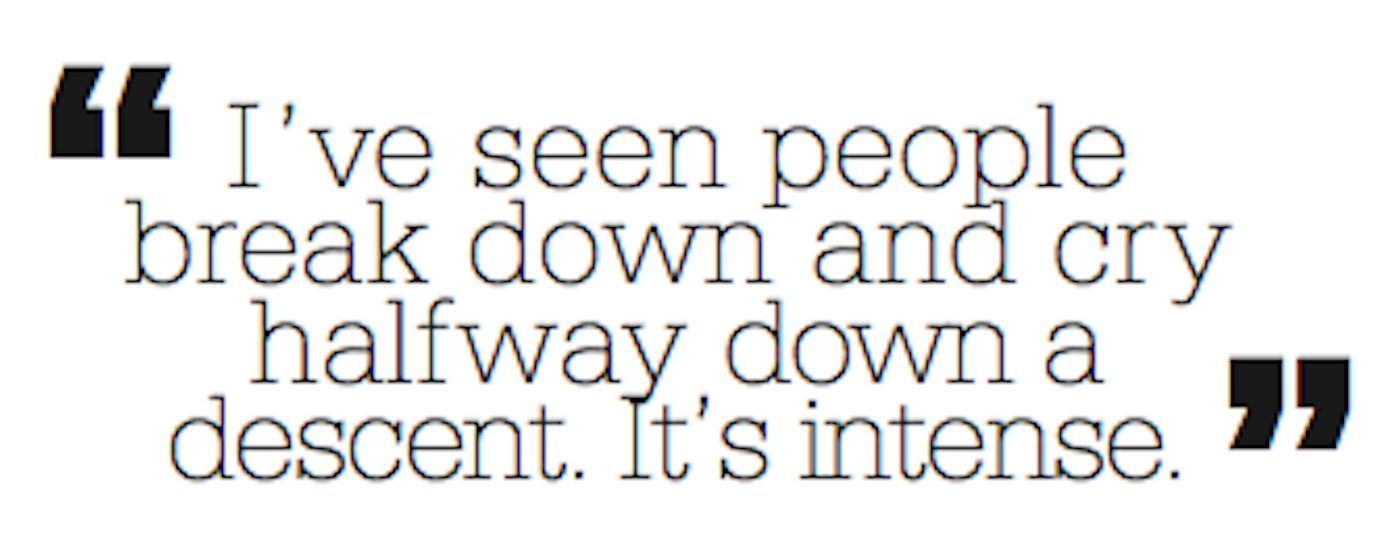
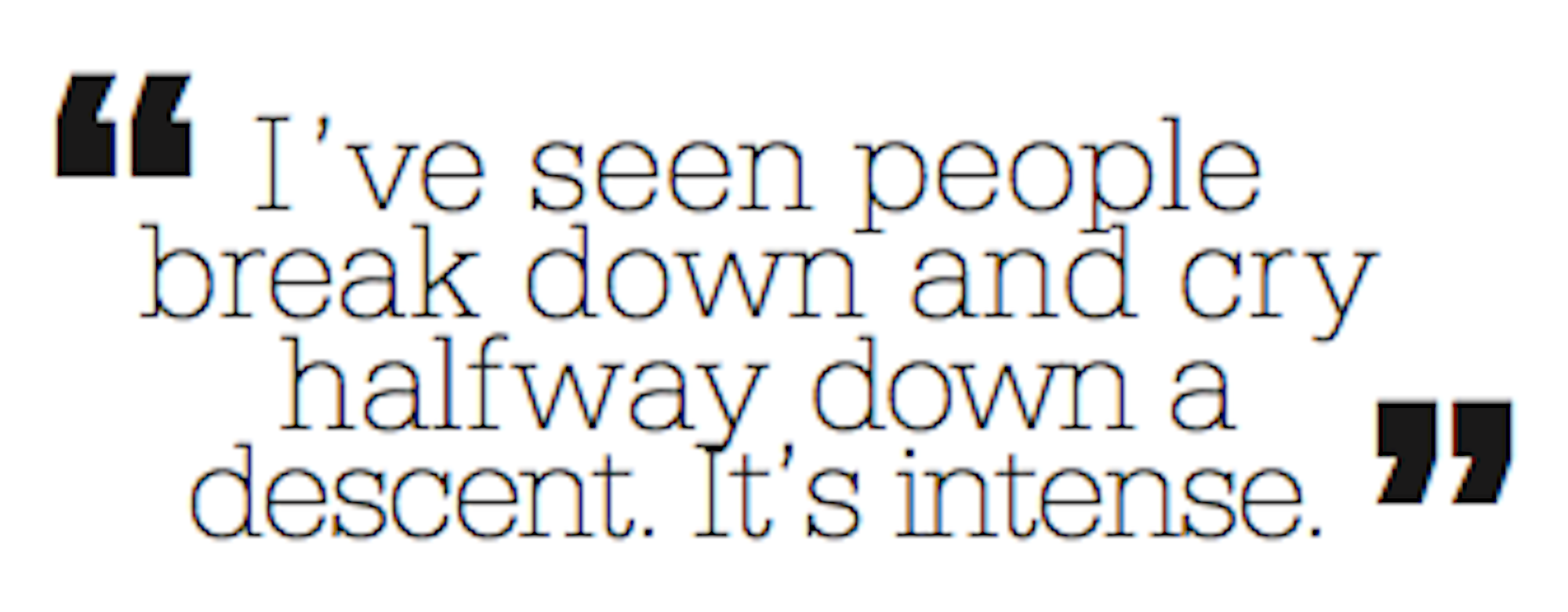
Any mountaineer will tell you that the summit celebration doesn’t last long. Reaching the top marks the halfway point and oftentimes the down is more dangerous than the up. At least at a ski mountaineering event you can just shred down to the next transition station, right? Wrong. Advances in mountaineering equipment have made the up considerably less resource intensive by reducing weight. The downside, so to speak, is you have to use the same carbon-fiber toothpicks that made jogging up bearable to descend Jackson Hole’s unforgiving terrain. “I’ve seen people break down and cry halfway down a descent,” says Z. “It’s intense.”
It might come as a shock, then, that this sport’s popularity is growing quickly. With over half a million marathon finishers in the US alone last year, and participation in sidecountry touring on a rapid rise, perhaps ski mountaineering racing is positioned perfectly to be the winter sport of choice for recreational endurance athletes. There’s only one thing left to do.
“Sign up!” says Nelson. “There is this stigma that it is all pain and suffering. I’ve even heard skimo races referred to as pukeathons, which isn’t true, I’ve never puked during one. And, the races are a lot of fun.”
So if you’re a competent skinner and running 26.2 in the summer just ain’t cutting it anymore, head on over to ussma.org to get the info and sign up. We promise it will be the most rewarding finish line you will ever cross.
This year’s event goes down January 5, 2013.

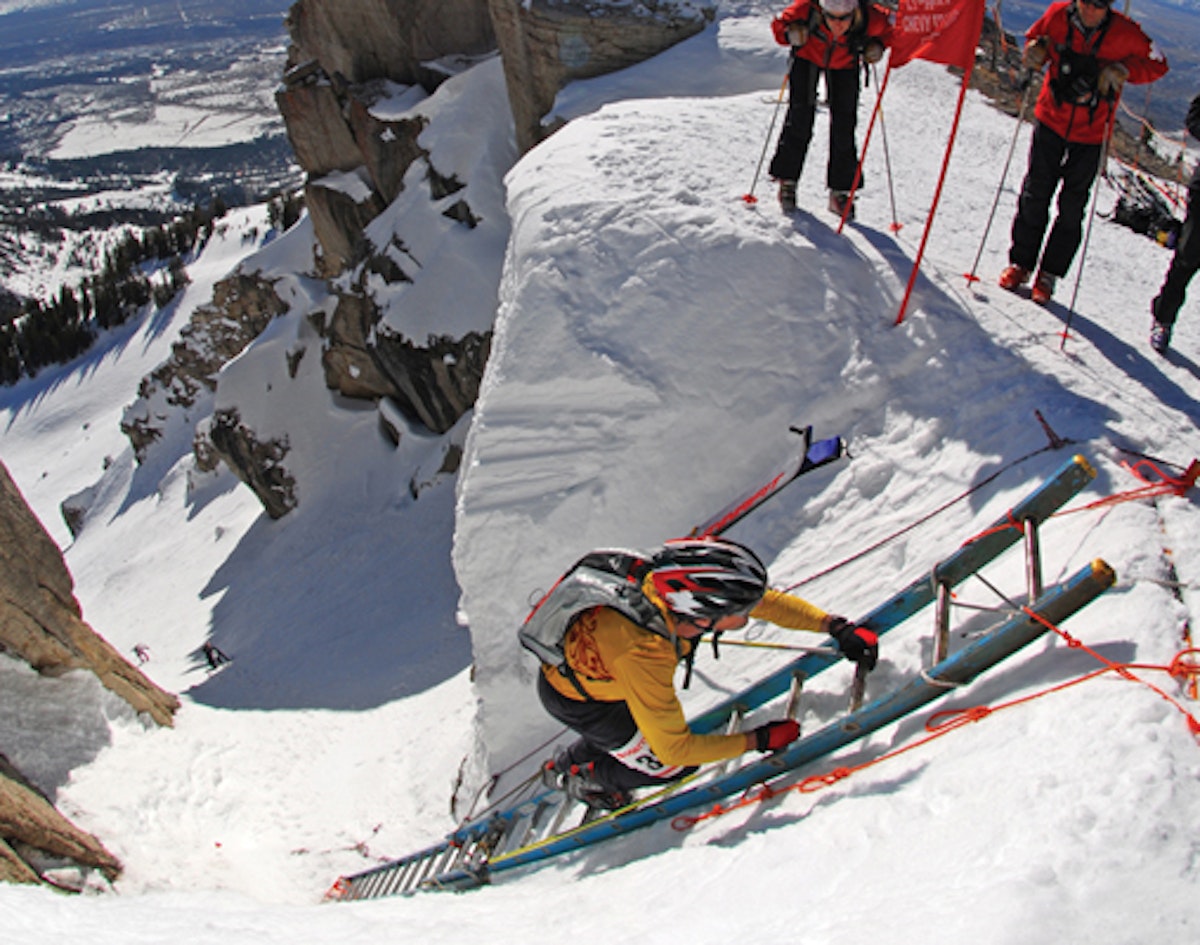

![[GIVEAWAY] Win a Head-to-Toe Ski Setup from IFSA](https://www.datocms-assets.com/163516/1765920344-ifsa.jpg?w=200&h=200&fit=crop)


![[GIVEAWAY] Win a Legendary Ski Trip with Icelantic's Road to the Rocks](https://www.datocms-assets.com/163516/1765233064-r2r26_freeskier_leaderboard1.jpg?auto=format&w=400&h=300&fit=crop&crop=faces,entropy)




![[GIVEAWAY] Win a Head-to-Toe Ski Setup from IFSA](https://www.datocms-assets.com/163516/1765920344-ifsa.jpg?auto=format&w=400&h=300&fit=crop&crop=faces,entropy)


